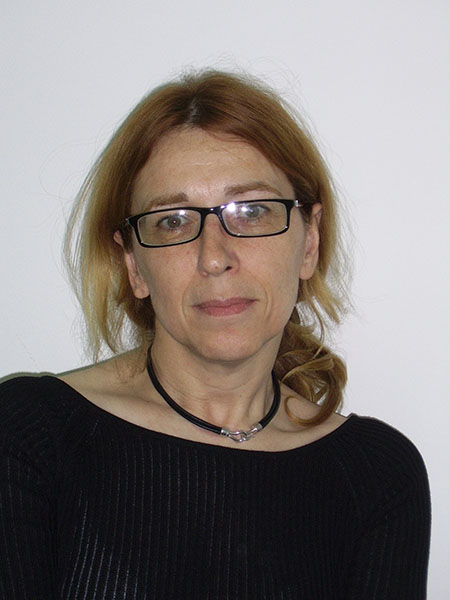Interview: Prof. Elka Stefanova, MD, PhD
UPDATE ON DETECTION AND TREATMENT OF DEMENTIA
A scientific gathering titled “Update on Dementia”, which is to be opened at the Grand Hall of SASA, on Friday, 5 April, at 9:15 a.m., will cover the most contemporary topics in this field, such as early detection of the disease, both in cerebrospinal fluid or with the help of imaging methods. The gathering will also deal with genetic and immunological aspects of the disease, possible prevention particularly by diet modifications, as well as the most modern methods of treatment expected in the near future.
The lecturers at the symposium will be the leading experts in the field from the UK, the Netherlands, Sweden, Denmark, Italy and Greece, as well as from the Neurology Clinic and Clinical Centre of Serbia at the Faculty of Medicine in Belgrade.
Prof. Elka Stefanova, a neurologist and the Head of the Centre for Memory Disorders and Dementia of the Institute of Neurology of the Clinical Centre of Serbia, has introduced some of the topics of the gathering, talking about the prevalence of dementia, current research related to the dementia development process, especially of Alzheimer’s disease, as well as the latest approach to the treatment.
How many people suffer from dementia nowadays, what are the statistics in Serbia and what are the predictions when it comes to its prevalence?
Taking into consideration demographic data, as well as the data of our pilot study carried out in 2004, it is believed that the number is the same as in other European countries, where it is approximately between 6.5 and 10 % of the population above the age of 65. These numbers mostly depend on the age of population living in a certain country, since the old age is the main risk factor for the onset of Alzheimer’s disease.
What do these numbers require us to do – both the entire society and the profession itself, i.e. what kind of change in approach do they necessitate? What is important to bear in mind?
These numbers indicate that we should consider possible preventive measures and think about delaying the onset of the disease. There is a great demand directed at the care of such patients, social services and those providing the support in everyday functioning, whether it is help around the house, day care or hospice centres.
When it comes to the centres for dementia, the importance of their multidisciplinary approach is emphasized. What does that multidisciplinary approach mean?
Centres for dementia have been developed for the purpose of diagnosis and treatment, but also to advise on how to care about such people, since this non-drug aspect in the treatment is of great importance. In the process of diagnosis (validation of diagnosis by biomarkers signifying biochemical tests, genetic testing for a fewer number of people having familal variant of the disease), multidisciplinary approach is fundamental along with imaging, radiological and nuclear medicine methods. When the diagnosis is confirmed and treatment is determined, other care resources are required in the further stages of the disease, more directed to the social aspect. This is when therapists from various fields step into the picture, along with care givers and people from institutions who are able to assist in everyday life circumstances.
What are the latest research and therapeutic possibilities which provide new insights on the causes of the disease and its treatment?
The latest research has dealt with developing of markers (methods of objectively validating the disease) before the disease fully develops, when it becomes obvious even to a layman. The most remarkable advance has been made in the field of validation of biological markers in cerebrospinal fluid, but the possibilities of the blood-based biomarkers are on the horizon. Various methods of imaging techniques are also available, which can confirm the existence of pathological results in a human brain having the slightest indication of, for example, Alzheimer’s disease, which is determined with high degree of certainty. With this significant development in research of the process of dementia development, in particular Alzheimer’s disease, solid evidence emerged that the disease has its lengthy course (12-25 years before the onset) and that what we face in the clinic, actually is the beginning of the end of the disease.
As for the treatment, the most modern approach has been oriented towards biological therapy and application of monoclonal antibodies, as a way to counteract the course of disease or stop its further development. Despite the fact that these do not halt neurodegenerative diseases, they represent a substantial progress and success. The other type of treatment includes application of medicines functioning at enzyme level. Modification of these processes would lead to prevention of formation of pathological inclusions causing the loss of neurons and their circuits in multiple ways.

